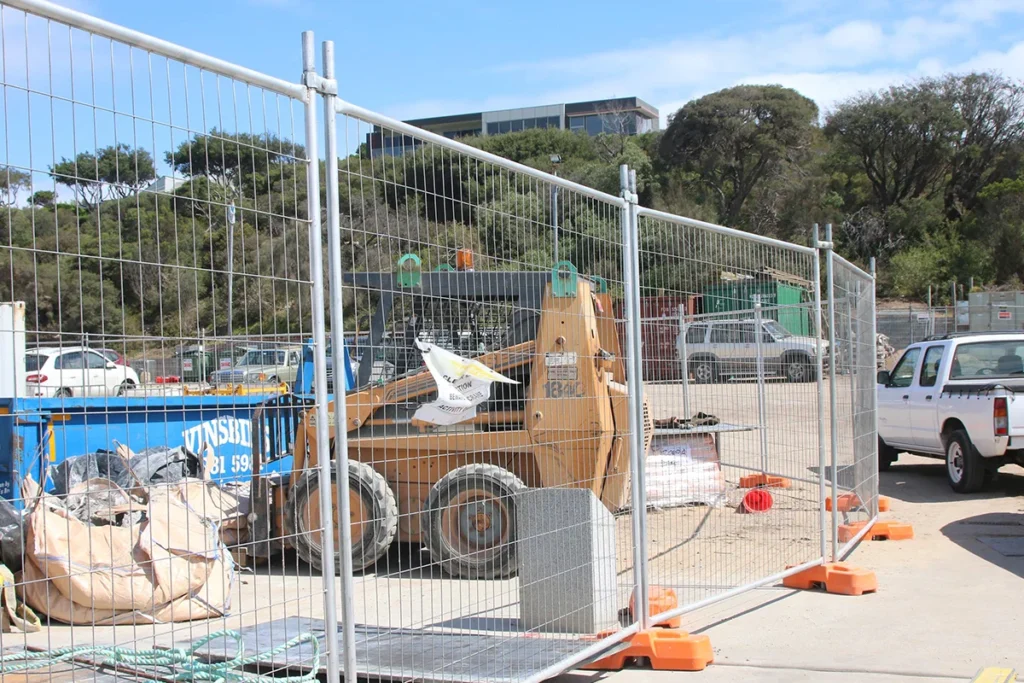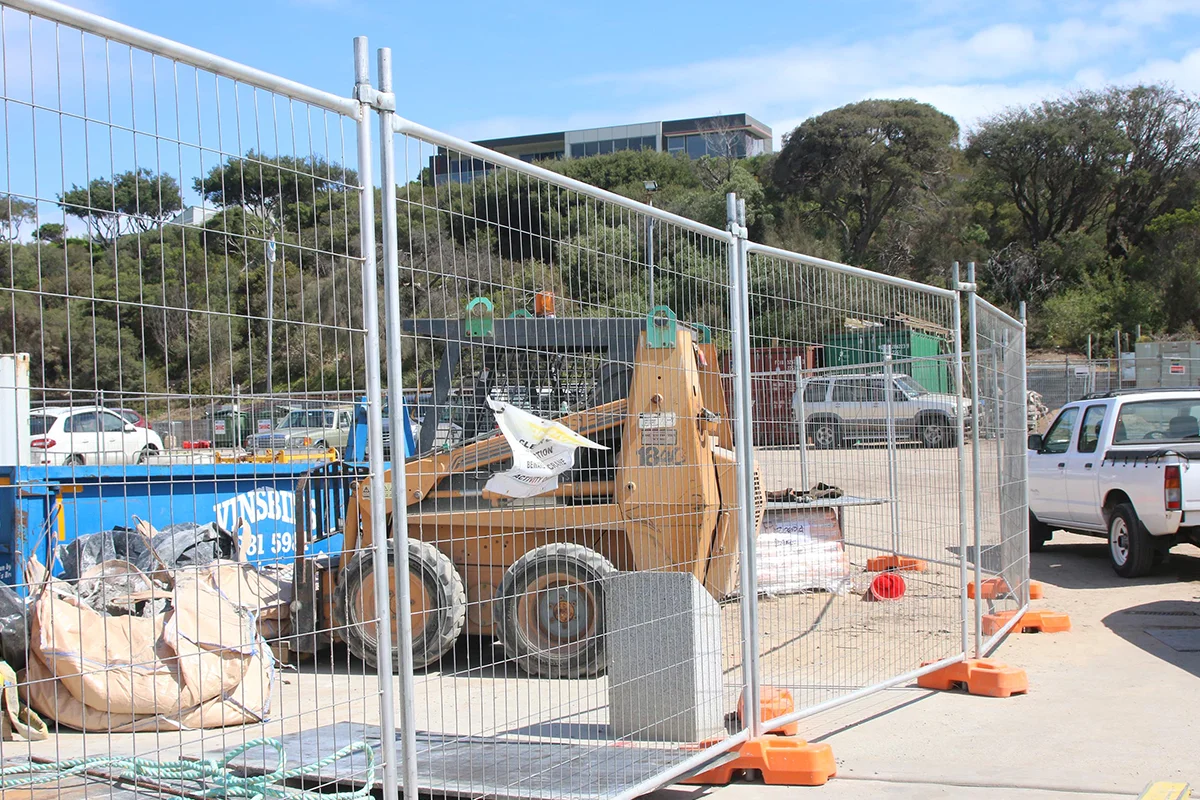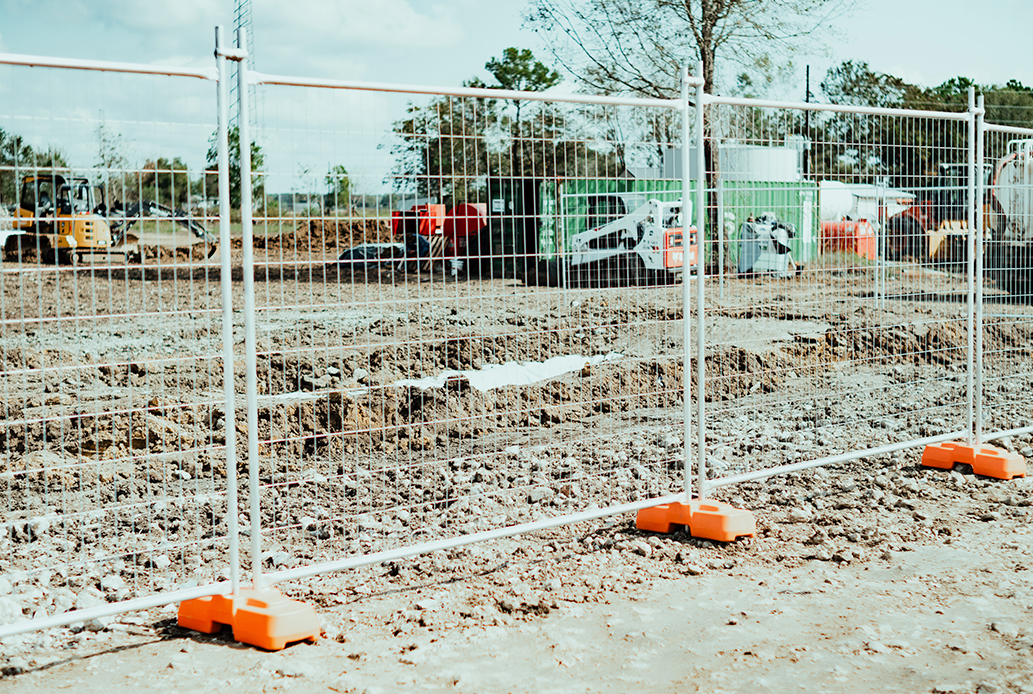Temporary fencing plays a critical role in maintaining safety, security, and organization on various sites across industries. From construction zones to public events, temporary fencing serves as an adaptable and effective barrier solution. In this guide, we’ll explore the types, uses, and benefits of temporary fencing in detail, helping consumers and businesses understand its versatility and value.
What Is Temporary Fencing?
Temporary fencing is a movable, reusable barrier system designed to enclose or secure specific areas. Unlike permanent fencing, temporary fencing can be quickly installed, repositioned, and removed as needed, offering a practical solution for short-term applications. Its modular design allows for scalability and customization, making it ideal for different industries and environments.
Types of Temporary Fencing
Choosing the right type of temporary fencing depends on the specific needs of your project or site. Below are the primary types of temporary fencing used today:
1. Construction Panels
Often used in construction and infrastructure projects, these panels are durable and versatile. They are built to withstand harsh weather conditions and help ensure safety while keeping unauthorized individuals out of restricted areas.
2. Crowd Control Barriers
These low-height barriers are popular at events and public gatherings. Crowd control barriers help to manage pedestrian flow, ensure public safety, and define designated areas such as ticket lines or VIP zones.
3. Site Accessories
Temporary fencing systems can be enhanced with accessories such as clamps, shade cloths, gates, or stays. These additions improve functionality and can provide increased security or privacy.
4. Printed Fencing Solutions
For projects or events that require branding or additional aesthetic appeal, printed fencing solutions allow for customization with logos, colors, or designs. These can also promote advertising visibility in busy areas.
Key Uses of Temporary Fencing
Temporary fencing plays a vital role across multiple industries. Below are some common applications:
- Construction Sites: Temporary fencing is mandatory in many regions to ensure compliance with safety regulations. It helps prevent unauthorized access, shields the site from falling debris, and keeps workers and the public safe.
- Events Management: Public gatherings require an organized crowd control system. Temporary fencing defines spaces for ticketing areas, VIP sections, parking zones, and even pedestrian pathways.
- Agriculture and Farming: Temporary fencing can create designated zones for livestock or crop growing. They also work as temporary partitions during field work or equipment storage.
- Government and Civil Infrastructure: Used to protect large-scale projects such as road construction, municipal works, or public redevelopment sites.
- Mining and Resource Sites: Temporary fencing provides boundary protection for potentially dangerous zones in mining operations, helping enforce health and safety standards.
- Sports and Entertainment Venues: Ensures the safety of players, spectators, and crew members by creating specific barriers for events.
Benefits of Temporary Fencing
Temporary fencing offers distinct advantages that make it an effective solution across industries. Here’s what makes temporary fencing indispensable:
1. Enhanced Site Security
Temporary fencing protects your site from unwanted access, theft, and vandalism. Adding shade cloths or privacy panels further boosts security by limiting visibility into the site.
2. Public Safety
Whether blocking off hazardous areas or directing pedestrian movement, temporary fencing reduces safety risks and protects individuals from potential harm.
3. Compliance with Regulations
Many industries, especially construction, are required by law to use temporary fencing to mitigate risks and increase compliance with safety standards.
4. Cost-Effectiveness
Temporary fencing is a budget-friendly solution. For frequent users, purchasing fencing systems instead of renting can significantly save costs over time.
5. Flexibility and Portability
The modular nature and lightweight design of temporary fencing make it easy to transport, assemble, and repurpose.
6. Durability
High-quality temporary fencing is built using robust materials such as galvanized steel, making it resistant to environmental elements like corrosion, extreme weather, and wear-and-tear.
Purchasing Temporary Fencing Versus Renting
For frequent users of temporary fencing, owning fencing systems can be a better investment compared to renting. Here’s a comparison:
Renting Fencing:
- Monthly rehire fees
- Damage fees
- Limited control over delivery and usage
- Often incurs additional costs for add-ons
Purchasing Fencing:
- Long-term cost savings after multiple uses
- Allows for on-demand access without waiting for contractors
- Eliminates rental restrictions or extension fees
- Flexible usage across different projects
Choosing the Right Temporary Fencing
When selecting temporary fencing, prioritize durability, functionality, and compliance with local standards. Look for fencing with features such as:
- Heavy-duty materials for superior strength
- Hand-welded joints for reliability and structural integrity
- Anti-corrosion protection to extend life expectancy
Additionally, consider accessories like clamps, stays, or printed panels depending on the nature of your requirements.
Conclusion
Temporary fencing is an essential tool across industries, providing safety, security, and organizational benefits for both short-term and long-term projects. Whether you’re managing a construction site, hosting a public event, or protecting agricultural assets, temporary fencing offers versatile solutions tailored to your needs. From its various types to its wide-ranging applications, understanding what temporary fencing can do for you paves the way for smarter, more effective site management.
By selecting high-quality fencing systems and considering the advantages of ownership over rental, businesses and individuals can maximize their investment and ensure safety, compliance, and efficiency across all projects.


